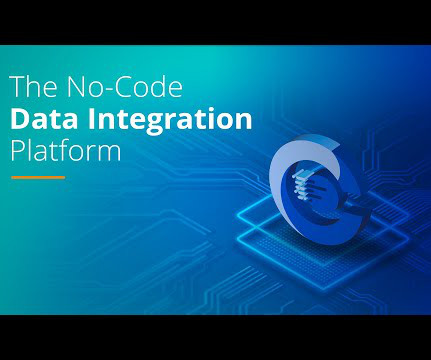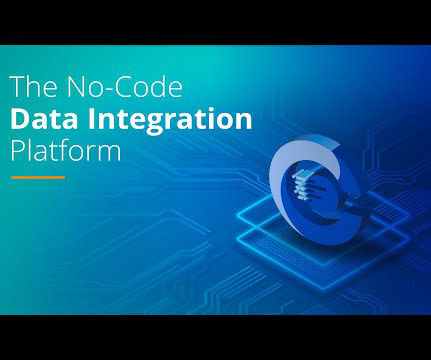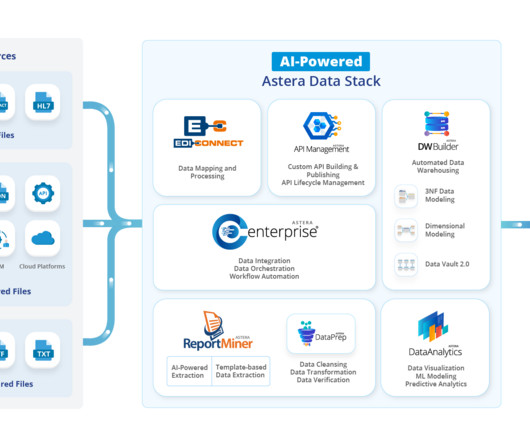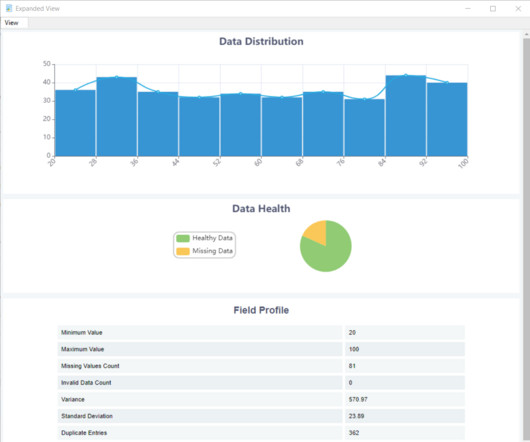SQL vs NoSQL: 5 Main Differences
Astera
JUNE 1, 2023
A NoSQL database is a non-relational database that stores data in a format other than rows and columns. NoSQL databases come in a variety of types based on their data model. The main types are: Key-value stores: Data is stored in an unstructured format with a unique key to retrieve values. Examples are Redis and DynamoDB.












Let's personalize your content